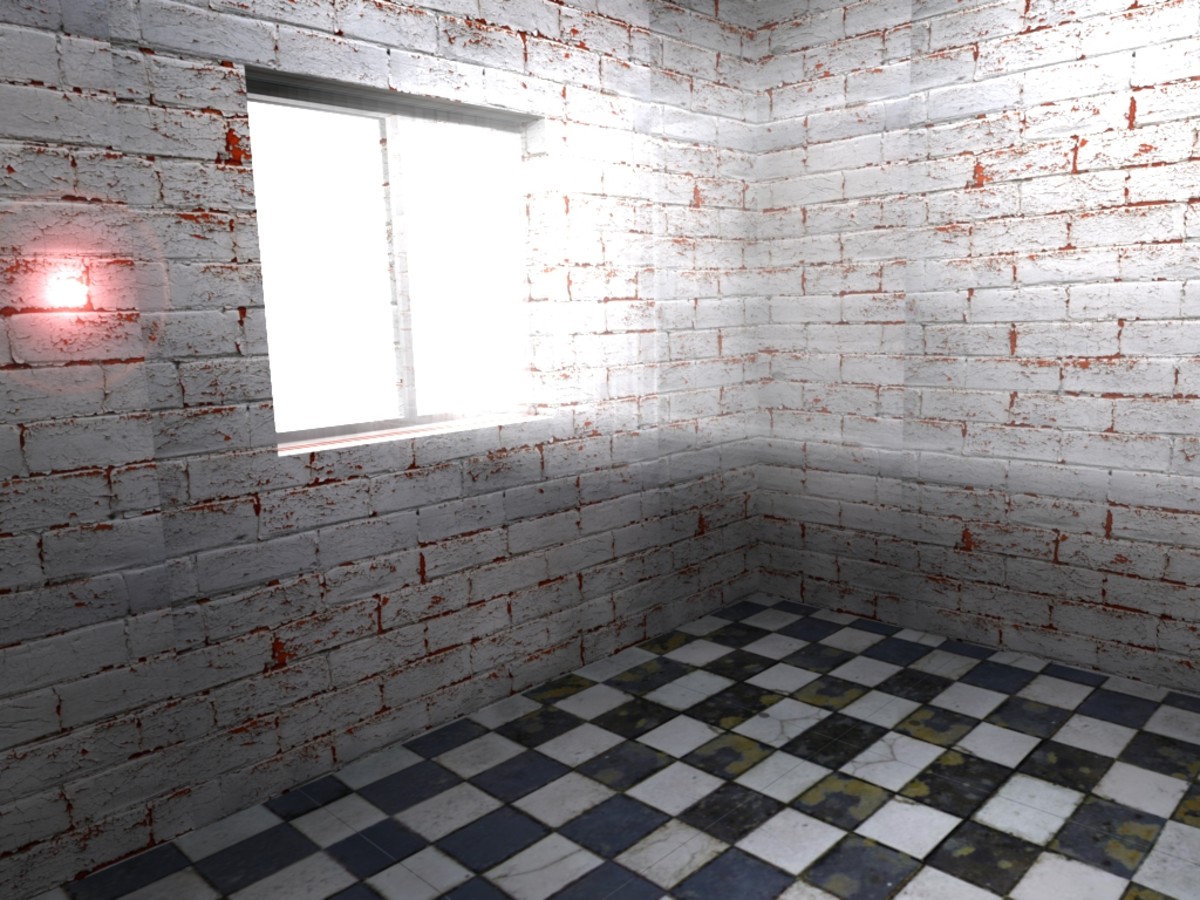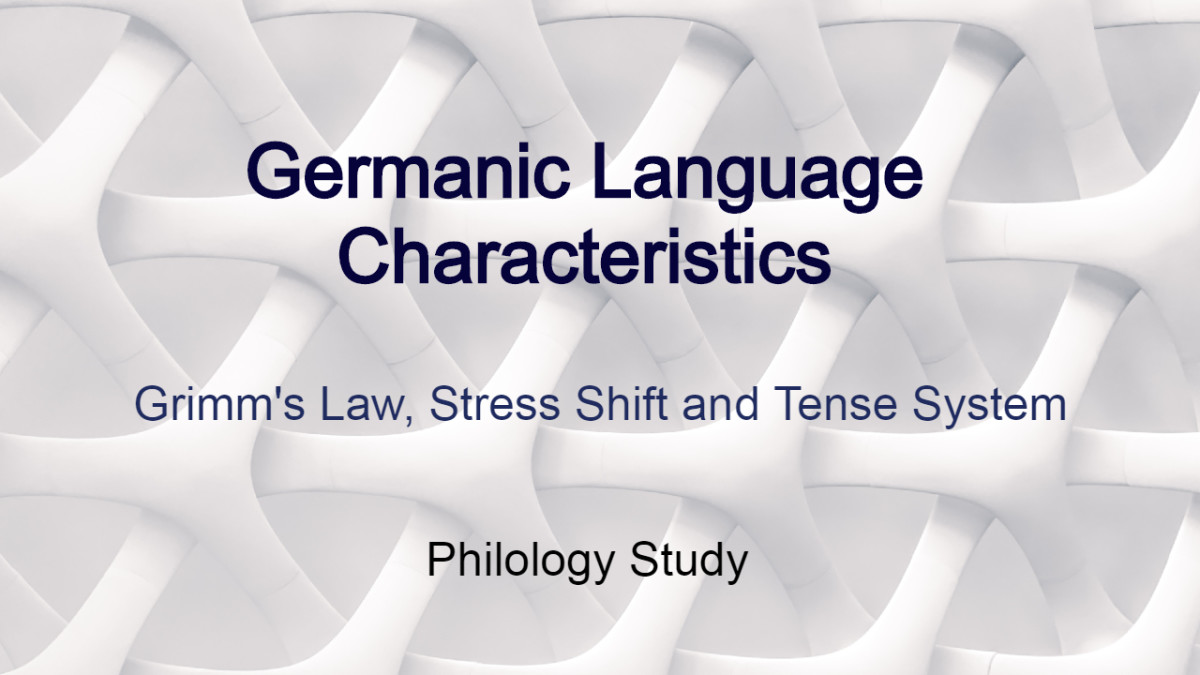The Repossession

Possession and teleportation
We live in a crazy world and Sam Hawksmoor helped to put that “craziness” into perspective by suggesting computers own our bodies and DNAs.
This is part of the story very cogently put forward in his novel, The Possession. There are many novels out there, being churned out almost by the hour and day, but it is seldom you get a narrative that is creative, exciting and almost believable, intertwining science fiction with the real.
The book is packed with drive right from the word go. It is very definitely a thriller and action adventure that keeps the reader on-the-edge of his seat, constantly turning, oblivious to the page number, or the point he is at in the book, enmeshed in the lurid ways of the story narrative. That may say a lot about the succinctness of the text and the way ideas and dialogue are conveyed.
While in this day-and-age, we are constantly fascinated with our opaque virtual reality world, trying to make sense of techno being, the internet, online systems and ipads, the author goes one step further and tackles the issue of teleporting and the experimentation of transferring people from one place to another or in shaping and recreating human beings. This is an obsession going back to Merry Shelly’s Frankenstein and even beyond but it is still with us.
The novel is set in a little place in Canada where children have a habit of disappearing or are lurid into distant corners of the bottom of the earth. The central characters, two male and female adolescents who find themselves attracted to each other, find themselves entangled in scenarios and technical plots and made-up mysteries related to the human gnome and the possibilities this may have for mankind. As part of the plot children are captured, they are experimented with and then somehow forced free because of glitches in the teleportation system.
The book is exciting that can certainly be enjoyed by adolescents and adults, reflecting the changing world we are living that is related to science advancement how it can be used for avarice. The narrative is underlined by a sense of anxiety between siblings and their parents showing a strong generation gap; but this gap is nurtured through an “evil” reverend who claims to be a man of God but turns to be a meddler and schemer looking out for his self-interest via religion. It is he who supplies what are seen as “unfit” children to be experimented with for the purpose of “saving souls” if not them, then for the many others in the distant future.
The author must have read much about the whole idea of “teleportation” and moving a group of people from one area to another, giving a reference to Star Trek, that popular television series that many have become fascinated with as it transported the crew from their space ship to distant plants in the galaxy. As one reads, one gets into a whole fascinating debate of the possibility of “teleporting” people from one place to another and what would that have for the human race. The reader gets a feel of the difficulties it entails and of the errors that might occur in the process, with limbs missing, disfiguration, disembowelment, and even death. We get these of course through the characters, the scientist who worked on the initial stages of the experiments as well as others.
In much of the science fiction books, authors sometimes have problems with the dialogue and in making it sound convincing. With The Possession, this problem does not exist as the reader seems to flow from one argument to the next underlined through the sense of tension and images as the reader is taken from one scene to another, from one description of palatial green surroundings, to helicopter chases, the half-dog transferred in half-mutilated form and the final freeing of those children incarcerated in chip form and suddenly finding themselves semi-naked in open forests.
The children are finally “choked up” into mother earth returning to their normal selves but unable to comprehend that, having been consumed into hundreds and hundreds of servers that have controlled and kept them hostage in a virtual world through colossal amounts of megawatt electricity till they can be fully transported from one place to another.
Things go haywire and the experiments only partially succeed which makes the conglomerate behind the project ever more determined to capture them and continue on their teleportation quest. With human nature being what it is, they argued that since now they controlled the DNA of the children, they are legally entitled to get them back. The law has no problem with this thinking regardless of its morality.
The story ends with the two central characters, who keep having brushes with death, running away and leaving the reader in suspense as to what is next. But suspense is the word as readers get the feeling there is more to come under a new tougher CEO determined to continue. He fires many of the old staff to make sure “no escape” ever occurs again and the scientific quest to find eternal life continues. But that’s in a book sequel.
I couldn’t help but feel excited with the narrative, gesticulating and stretching my mind to get a preview of the thoughts, ideas and endless possibilities that science has and the questions it raises regardless how erroneous these are, for after all, this is science fiction but letting the mind wonder into a new territory can be exhilarating especially on paper. Lastly, the novel could reflect on Canada’s multi-cultural society for we have Anwar, the Palestinian character boy for Gaza, who is also snatched overnight like the rest of the children for evil experimentation.







